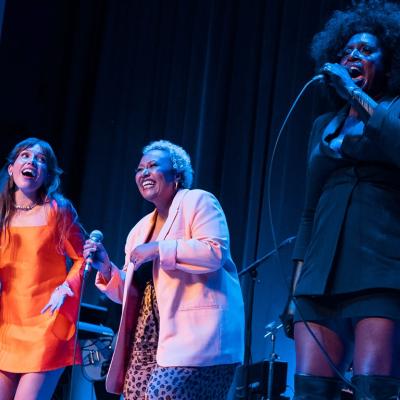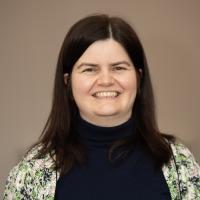
AI & Digital Transformation
Audience Development & Participation
Communications and Marketing Consultancy
Supporting Hackney Museum with their Digital Communications and Marketing Plan, in preparation for their National Lottery Heritage Fund delivery-stage








